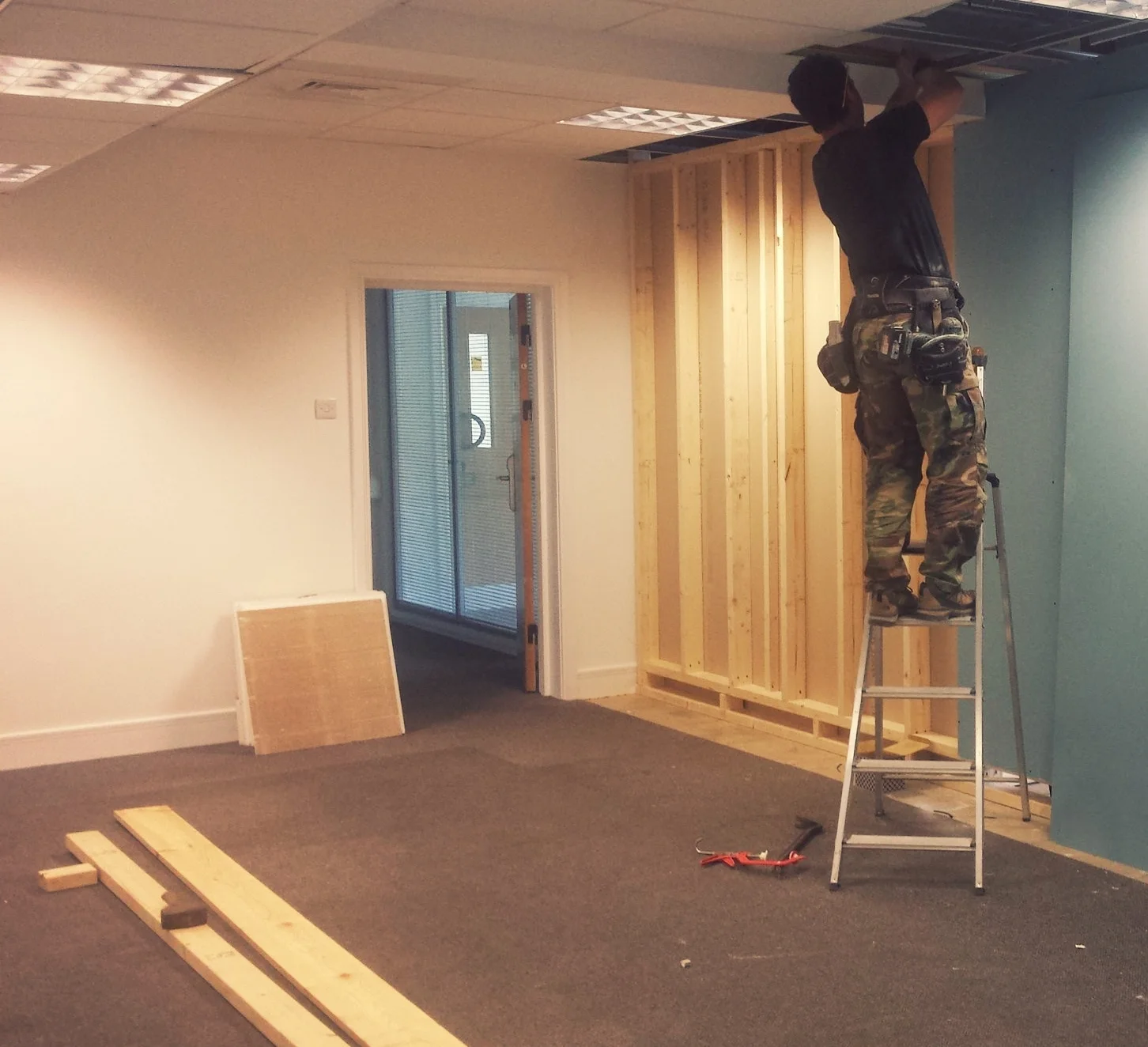Are logistics firms stuck in the past?
Over the past few years I’ve visited many logistics companies, mostly those pertaining to be modern e-fulfilment/pick and pack operations, rather than freight and storage companies. I’ve visited businesses both in the UK and USA and, for the most part, they are depressingly set in the past.
I can describe almost all of them in one broad stereotype. You arrive to a clean and professional looking building, before being presented with a battered old ring-binder where you then sign in - it’s usually placed at the bottom of a set of stairs on a small table.
The meeting room (there is rarely more than one) contains a walnut or mahogany table, plus a set of big, high back, black faux-leather chairs. The carpet is invariably a shade of faeces brown, fading to a dark charcoal around the doors where years of dirt have been ingrained. The walls, painted in magnolia with yellowed electrical sockets to match, are adorned with a selection of certificates from trade bodies and rickety shelves displaying example products handled.
The removal of faeces brown carpet and magnolia walls when we moved in
The similarity between all of these companies is so uncanny, that I begin to wonder if there is a guide book on 1980’s decor that everyone is passing around.
Tea and coffee is served in a selection of randomly assorted mugs, unless you are in the US where you get day old filter coffee in a polystyrene cup.
The operational areas, all accredited by at least three different trade bodies - remember, you saw the certificates on the wall earlier - are distinctly unorganised. The Japanese have a workplace methodology called 5S, loosely (and badly) translated as: Sort (remove clutter), Set in order, Standardise, Shine (clean), Sustain (maintain). Whilst such ideas were popularised at about the same time as the typical office decor, they were clearly never adopted. Similarly I don’t doubt that these businesses have ISO:9001 approved processes - likely a honking binder stored in a battleship grey filing cabinet - but I do doubt that they are in use.
Unlike the office space, there is generally some variation on the shop floor. Some companies place boxes on top of boxes, work in progress on top of that, and then push that to one side to squeeze another pile of boxes on top. Bob, who’s only in on Mondays, knows what’s what, but otherwise no one really understands. Other places have more organisation, with clear areas for different activities. One consistency though is that all packing desks will have bits of tape and old labels plastered across them, and there will be small piles of ‘stuff’ in any otherwise unused alcoves.
Not every company can afford the latest in automation equipment or IT systems, and many companies don’t have a need for it. What frustrates me is that in the last 10 years, the logistics industry has portrayed itself - mostly through slick, flashy websites - as modern, technology focused and accredited as using best practice. The reality is that nothing has really changed since the 1980s, including the furniture.
Is it really too much to ask the industry to implement just a few of the learnings of operational management from the last three decades? One thing of note, at James and James not a single member of the management team comes from a traditional logistics background. That wasn’t intentional, but it definitely points to a cultural issue across an industry that, for the most part, struggles to innovate and move on. And how much would it really cost for a tin of paint and some new carpet? That would mask some of the problem at least.

